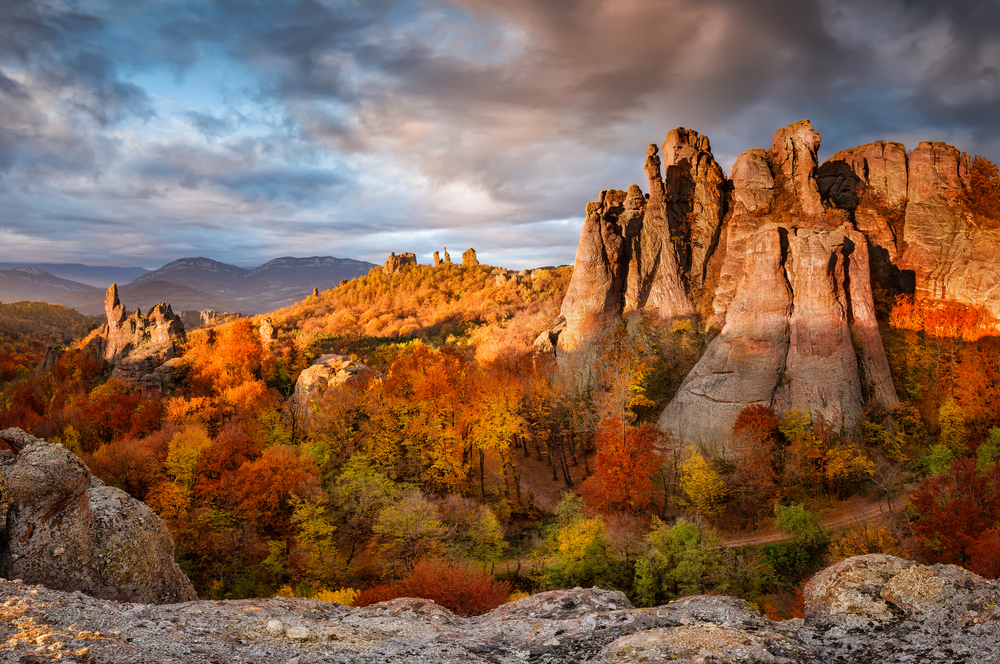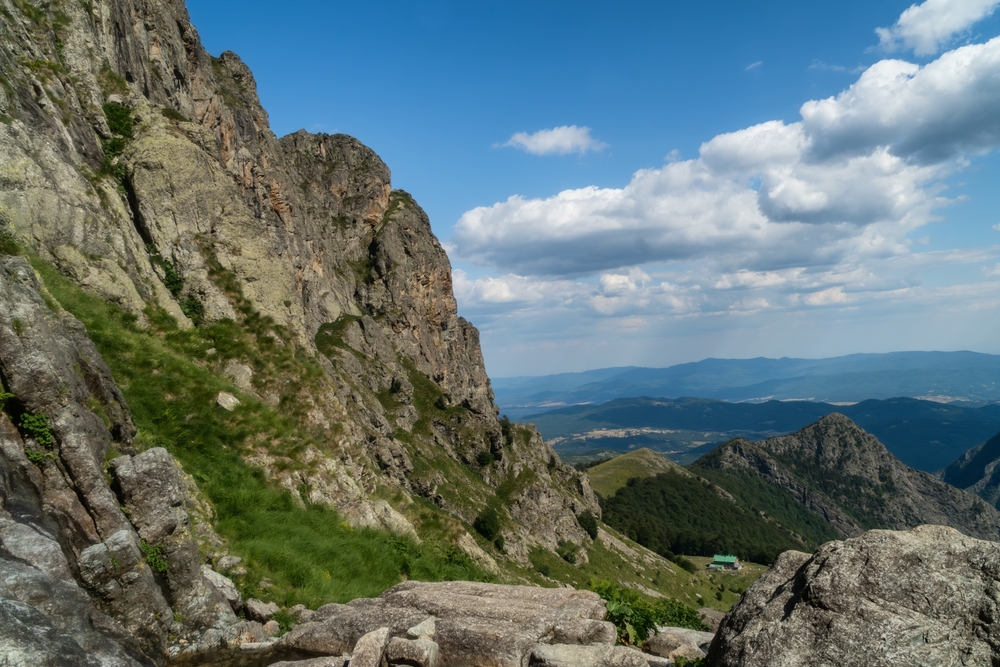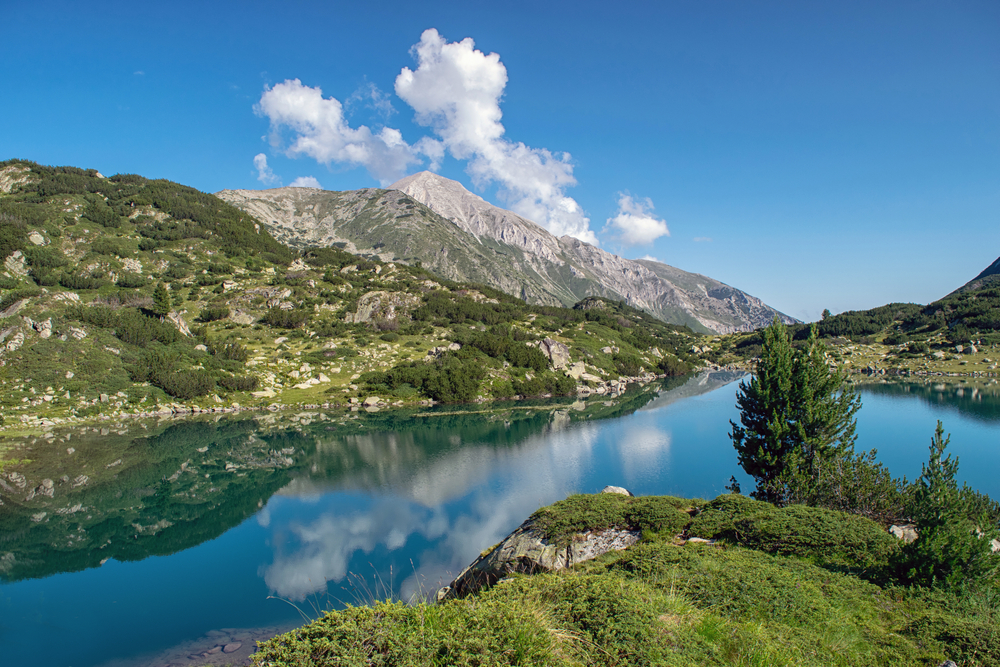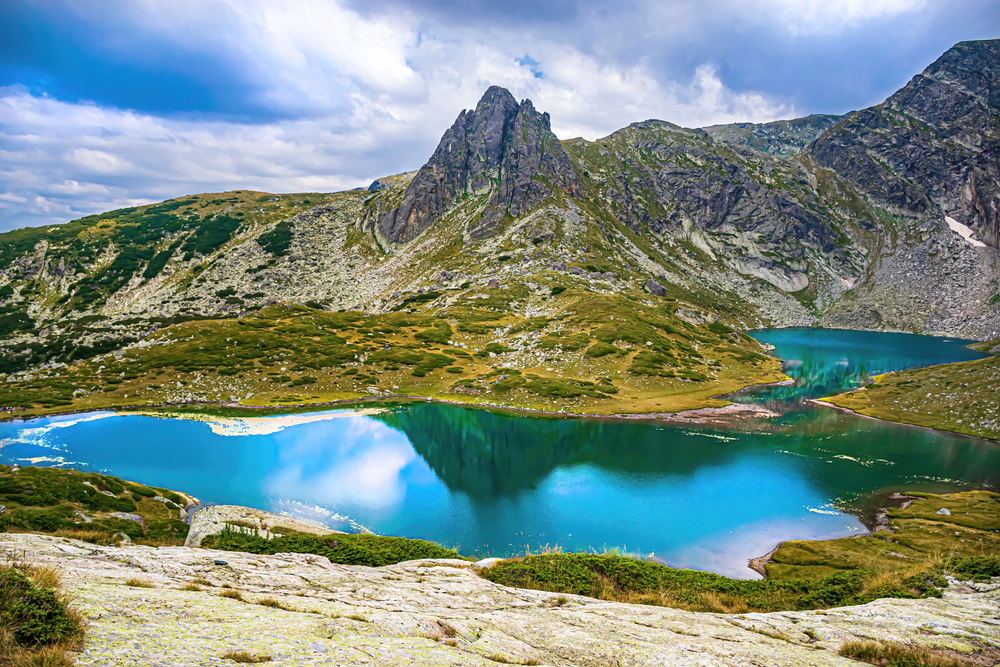Bulgaria, a country known for its rich cultural heritage and diverse landscapes, is home to three national parks and a few additional nature parks that preserve its natural wonders. These protected areas offer visitors a chance to explore majestic mountains, lush forests, and vibrant ecosystems, showcasing the country’s stunning natural beauty.
Rila National Park, the largest national park in Bulgaria, is located in the southwest and covers approximately 810 square kilometers. This park is dominated by the Rila Mountains, including Musala, the highest peak in the Balkans. Rila National Park is renowned for its glacial lakes, alpine meadows, and dense forests, which provide habitat for diverse wildlife, including bears, chamois, and over 200 bird species. Visitors can enjoy a network of hiking trails, explore the Seven Rila Lakes, and visit the iconic Rila Monastery, a UNESCO World Heritage site.
Pirin National Park, situated in the southwest, spans about 400 square kilometers and is named after the Pirin Mountains. This UNESCO World Heritage site is characterized by rugged peaks, pristine glacial lakes, and ancient pine forests. The park is home to a rich variety of flora and fauna, including the endemic Pirin poppy and the rare Balkan lynx. Popular activities in Pirin National Park include hiking, skiing, and rock climbing, with trails leading to breathtaking vistas and natural landmarks such as Vihren Peak and the glacial lake of Popovo.
Central Balkan National Park lies in the heart of Bulgaria and covers approximately 720 square kilometers. This park is part of the Balkan Mountain range and is known for its diverse landscapes, including dense beech forests, deep gorges, and picturesque waterfalls. The park is a refuge for numerous plant and animal species, such as the Balkan chamois, golden eagle, and over 1,900 species of plants. Visitors can explore the park’s extensive network of hiking trails, enjoy birdwatching, and experience the beauty of natural wonders like the Raysko Praskalo waterfall, the highest in the Balkans.
Vitosha Nature Park, located near the capital city of Sofia, is the oldest nature park in the Balkans, covering about 270 square kilometers. The park is centered around Vitosha Mountain, which offers a convenient escape into nature for city dwellers. Vitosha is known for its diverse ecosystems, including alpine meadows, mixed forests, and unique stone rivers. The park provides opportunities for hiking, skiing, and picnicking, with trails leading to landmarks such as the Cherni Vrah summit and the Boyana Waterfall.
Strandzha Nature Park, the largest protected area in Bulgaria, spans about 1,161 square kilometers and is located in the southeastern part of the country. The park is characterized by its rolling hills, dense forests, and diverse habitats, including wetlands and river valleys. Strandzha is home to a rich array of flora and fauna, with many rare and endemic species. Visitors can explore the park’s nature trails, discover ancient Thracian sanctuaries, and enjoy the tranquility of its unspoiled landscapes.
Bulgaria’s national parks are vital for conserving the country’s natural beauty and biodiversity. They offer a wide range of outdoor activities and invite visitors to discover the stunning landscapes and ecological richness that make Bulgaria a captivating destination for nature enthusiasts and adventurers.













































































